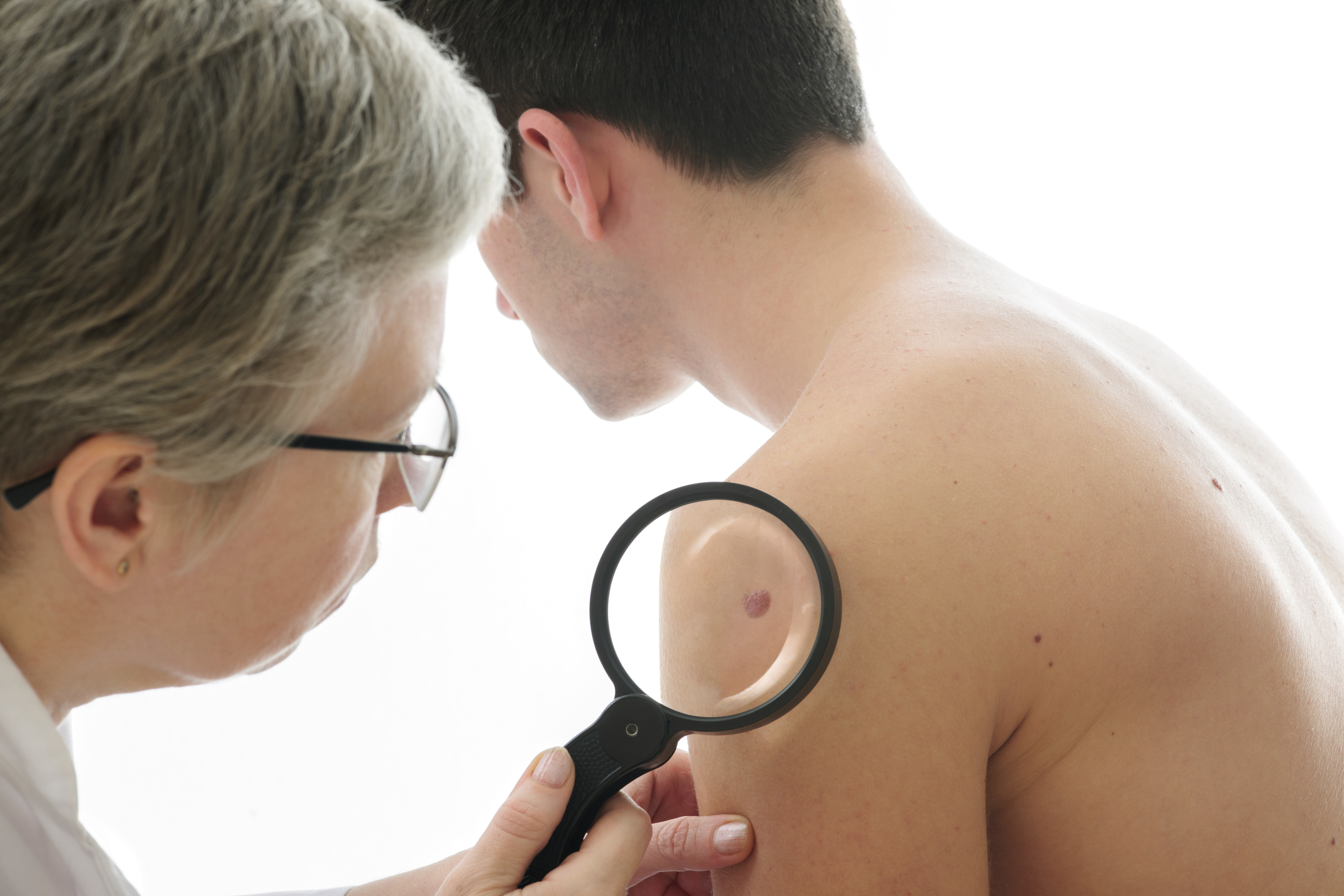
THE “sun, sea and sangria” generation of older people is being diagnosed with deadly skin cancer at an alarming rate, a charity has warned.
More than 10,000 people aged 55 and over have – for the first time – been diagnosed with the most serious form of skin cancer in a single year, figures from Cancer Research UK show.
Some 10,583 people aged 55 and over were told they had malignant melanoma in 2014, the most recent figure available, up from about 3,100 cases 20 years ago.
The charity said people living longer is contributing to the rise but also blamed cheap package holidays.
It said the “sun, sea and sangria” generation – who took inexpensive package holidays from the 1960s onwards and wanted a tan at all costs – were now being diagnosed due to sun exposure and sunburn.
Rates of melanoma in people aged 55 and over have more than doubled (up 155%) in the last 20 years, the data showed.
Meanwhile, rates among younger age groups are also rising, though at a slower rate, with a 63% growth in the last 20 years.
Sarah Williams, Cancer Research UK’s health information manager, said: “The increase in over-55s being diagnosed is likely to be linked to the ‘sun, sea and sangria’ generation who benefited from the cheap package holiday boom dating from the 1960s, and the desire to have tanned skin even at the expense of sunburn.”
Melanoma is the fifth most common type of cancer in the UK. Across all age groups, more than 15,000 people are diagnosed with it each year. There are around 2,000 deaths every year from the disease among those aged 55 and over.
Sue Deans, 70, a retired teacher and mother-of-three, was first diagnosed with malignant melanoma in 2000 after having a mole removed.
In 2007, she discovered a lump under her armpit and was told the cancer had come back.
She said: “I was part of the generation where package holidays became affordable and people were starting to go nearly every year. I loved being out in the sun, working on my tan but did get sunburnt quite a bit over the years.
“I don’t think people understood at the time the impact that too much sun can have on your risk of getting skin cancer.”
Getting sunburnt once every two years can triple the risk of skin cancer.
Dr Julie Sharp, Cancer Research UK’s head of health and patient information, said: “The best way to protect skin when the sun is strong is to spend time in the shade between 11am and 3pm, and to cover up with a T-shirt, hat and sunglasses.
“Sunscreen can help protect the parts you can’t cover – use one with at least SPF 15 and four or more stars, put plenty on and reapply it regularly.
“But it’s best not to rely on sunscreen alone – use a combination of things to help protect your skin whenever possible. And never use sunscreen to stay in the sun for longer.”
READ MORE
Cancer boy’s mum gives birth to brother 12 days after he died
Thank you for my fighting chance at life: Cancer ‘wonderdrug’ relief for Lesley Graham

Enjoy the convenience of having The Sunday Post delivered as a digital ePaper straight to your smartphone, tablet or computer.
Subscribe for only £5.49 a month and enjoy all the benefits of the printed paper as a digital replica.
Subscribe